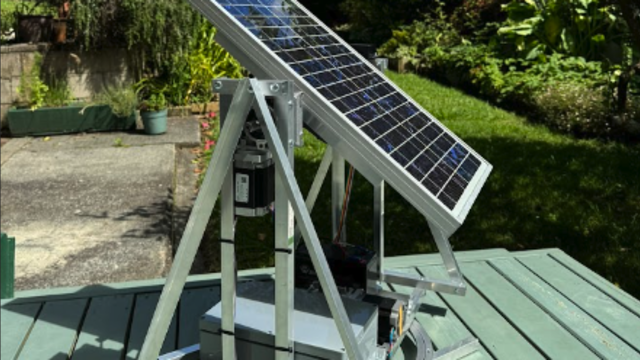“At its simplest, it’s a remote on-off switch for water; at its most automated, it’s doing everything for you. You can pick a tomato on Saturday and not have worried about it while it was growing – which is why I want it, because that’s how it came to be.
“We started talking to landscape designers and green roof companies, and they had the same problems. They wanted remote management, they wanted to automate irrigation, and they wanted to use resources efficiently so they didn’t have to send people out to monitor the plants, see that they’re not dying, and so forth.
“In Philadelphia, there’s a makerspace called NextFab. It used to be a machine shop that has a membership model like a gym, so you pay an amount per month, you get to use water-jet cutters and 3D printers, and laser cutters and things, so it’s a professional hackerspace. They started a hardware startup accelerator, so we’re in their hardware business accelerator programme now, as of two weeks ago, and that’s their whole job, to help us be market-ready.

“The plan is in three to six months, you’re going to see a Kickstarter or Indiegogo launch, and that’s where we’re going to get presales from. And, in the meantime, we’re going to landscape designer conferences and working with early adopters to
help us develop this.
“We actually launched a Kickstarter about a year and a half ago; we cancelled that after a couple of weeks because, at that time, we weren’t ready to go into sales. We were trying to raise some money for prototyping, basically.
“But the rules of Kickstarter were weird: like, you cannot promise the hardware unless you already have a prototype – which makes sense. We want to really do this when we have the thing ready to go.
“If you search with Google ‘smart garden’ – or go on Instructables or on any website, these DIY content websites, and search for ‘Arduino garden’ or ‘smart garden’ – you’re going to find everyone who has ever hacked together their own versions of something. But, you still can’t buy it anywhere. That’s why we decided to turn it from a project into a startup, and hopefully a sustainable model, that we can earn enough money to keep making hardware and not be jerks about it.
“I’ve been on a lot a business training that talks about ‘extracting value from customers’, and I don’t want that. I don’t care what their lifetime value is, or whatever other metric you’re using; I want to make enough money to sell cool stuff and use it myself, then enable more people to grow their own foods.“








